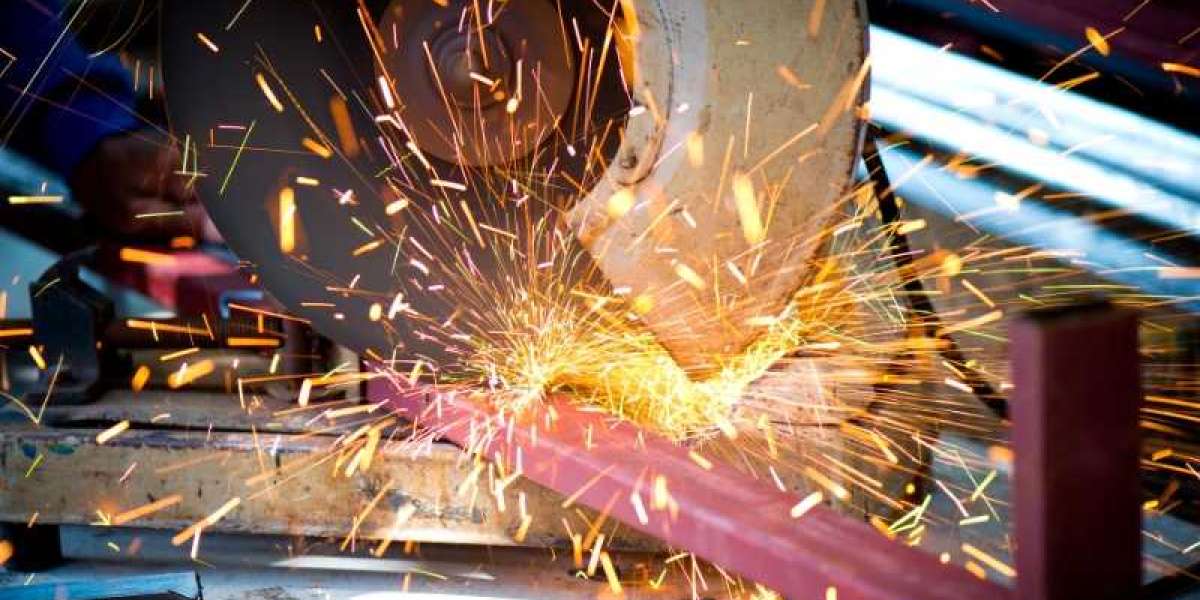Mold casting is a manufacturing process used to produce complex metal parts. The process involves creating a mold of the desired part shape and pouring molten metal into the mold cavity to produce the final product. There are several parts of the mold casting process that work together to produce high-quality parts. In this article, we will discuss the various parts of mold casting and how they contribute to the overall process.
- Pattern
The first part of the mold casting process is the pattern. A pattern is a replica of the part that is to be cast. It is typically made of wood, plastic, or metal and is used to create the mold cavity. The pattern must be designed with great care and precision, as any errors or imperfections in the pattern will be reflected in the final product.
- Mold
The mold is the cavity into which the molten metal is poured to create the final part. The mold can be made from a variety of materials, including sand, plaster, or ceramic. The choice of mold material will depend on factors such as the size and complexity of the part, the desired surface finish, and the number of parts to be produced.
- Core
In some cases, the mold will require a core to create internal features in the final part. A core is a removable object that is placed inside the mold to create hollow sections or other internal features. Cores can be made from a variety of materials, including sand, metal, or ceramic.
- Runner and gating system
The runner and gating system are used to deliver the molten metal from the furnace to the mold cavity. The runner is a channel that connects the sprue (the main channel from the furnace) to the individual mold cavities. The gating system includes the sprue, which delivers the molten metal to the runner, as well as the gates, which control the flow of metal into each mold cavity.
- Risers
Risers are used to prevent shrinkage defects in the final part. Shrinkage occurs as the molten metal cools and solidifies, and can result in voids or other defects in the final part. Risers are essentially extra sections of metal that are added to the mold to compensate for shrinkage. The risers remain molten longer than the rest of the metal in the mold, allowing them to feed the solidifying metal and prevent shrinkage defects.
- Venting
Venting is used to allow air to escape from the mold cavity as the molten metal is poured in. Without proper venting, trapped air can cause defects in the final part. Venting can be accomplished through the use of vents or by incorporating permeable materials into the mold.
- Cooling system
The cooling system is used to control the rate at which the molten metal cools and solidifies. The rate of cooling can affect the properties of the final part, including its strength and dimensional accuracy. Cooling can be controlled through the use of cooling channels built into the mold or by controlling the temperature of the sand casting parts.
- Ejection system
The ejection system is used to remove the finished part from the mold cavity. In some cases, the finished part will simply fall out of the mold, while in other cases, an ejector pin or other mechanism may be used to remove the part.
In conclusion, mold casting is a complex process that requires careful attention to each of its many parts. By designing high-quality patterns, selecting appropriate mold materials, and controlling the flow and cooling of molten metal, manufacturers can produce high-quality metal parts with great accuracy and consistency.








